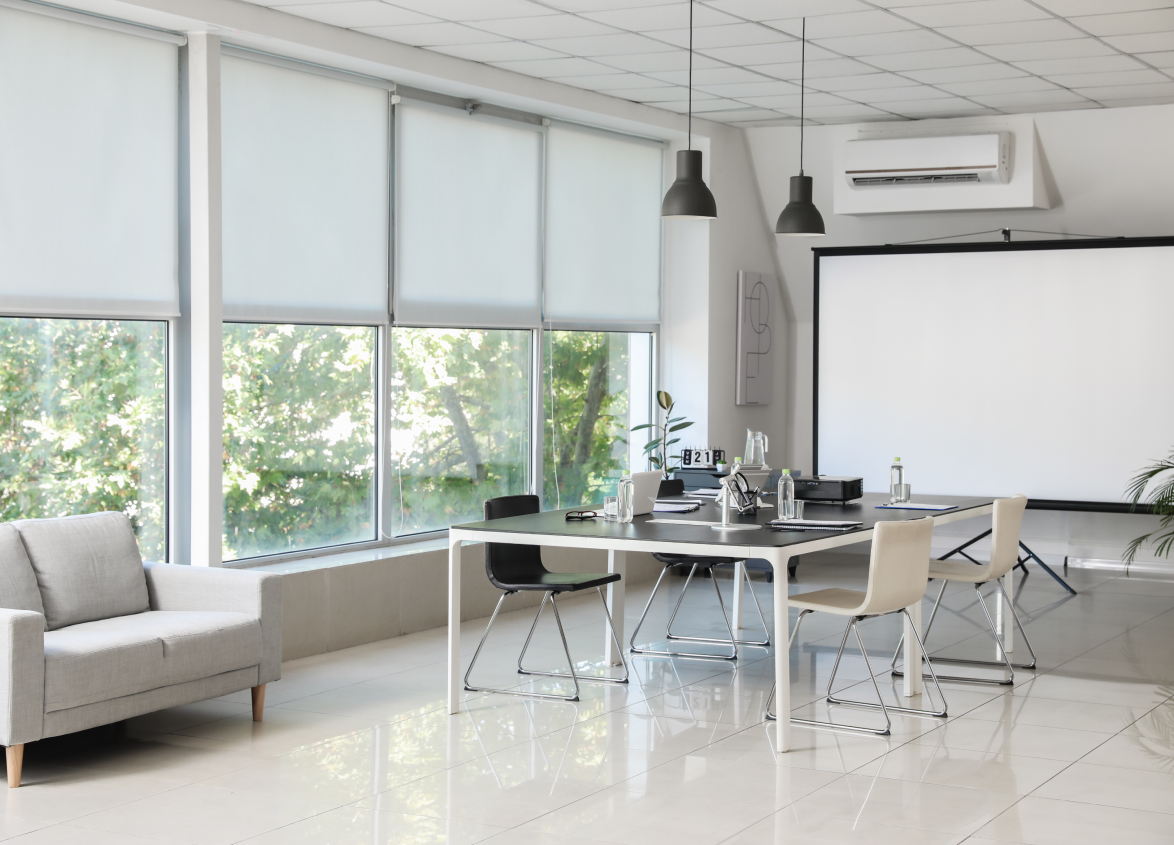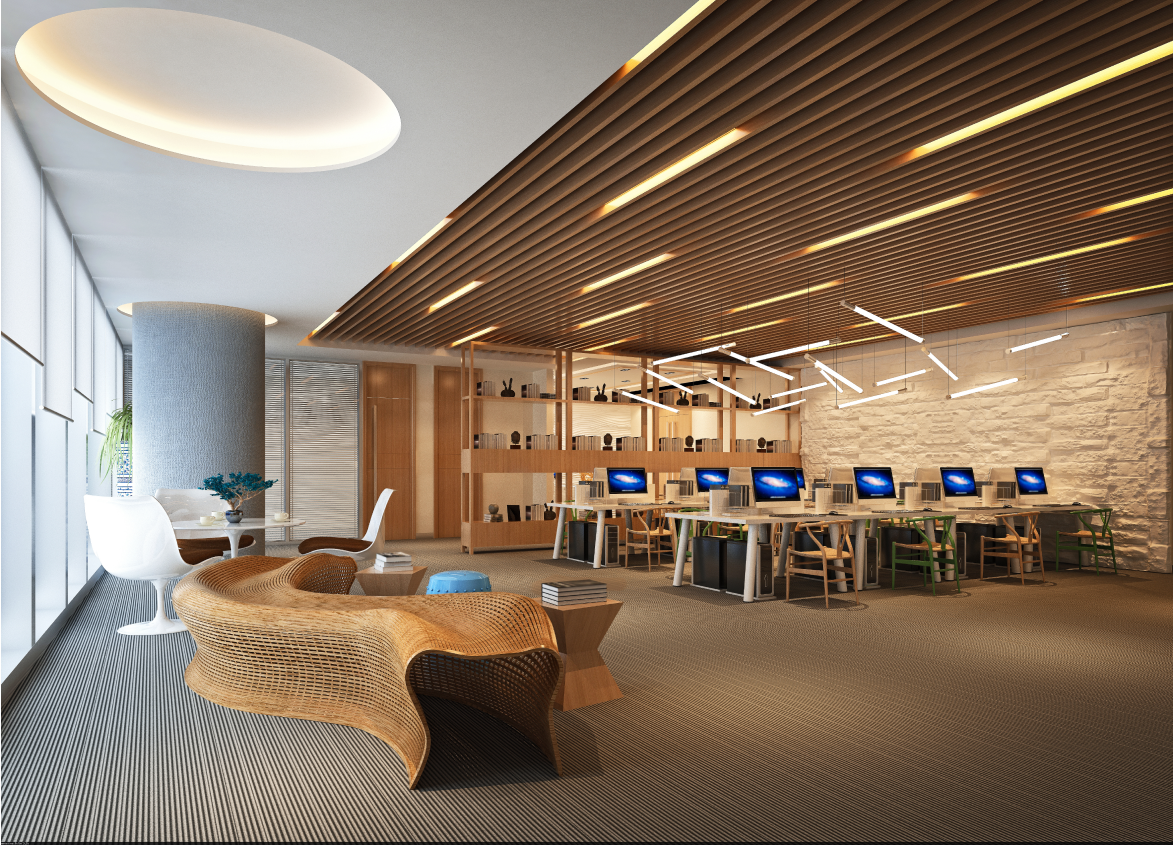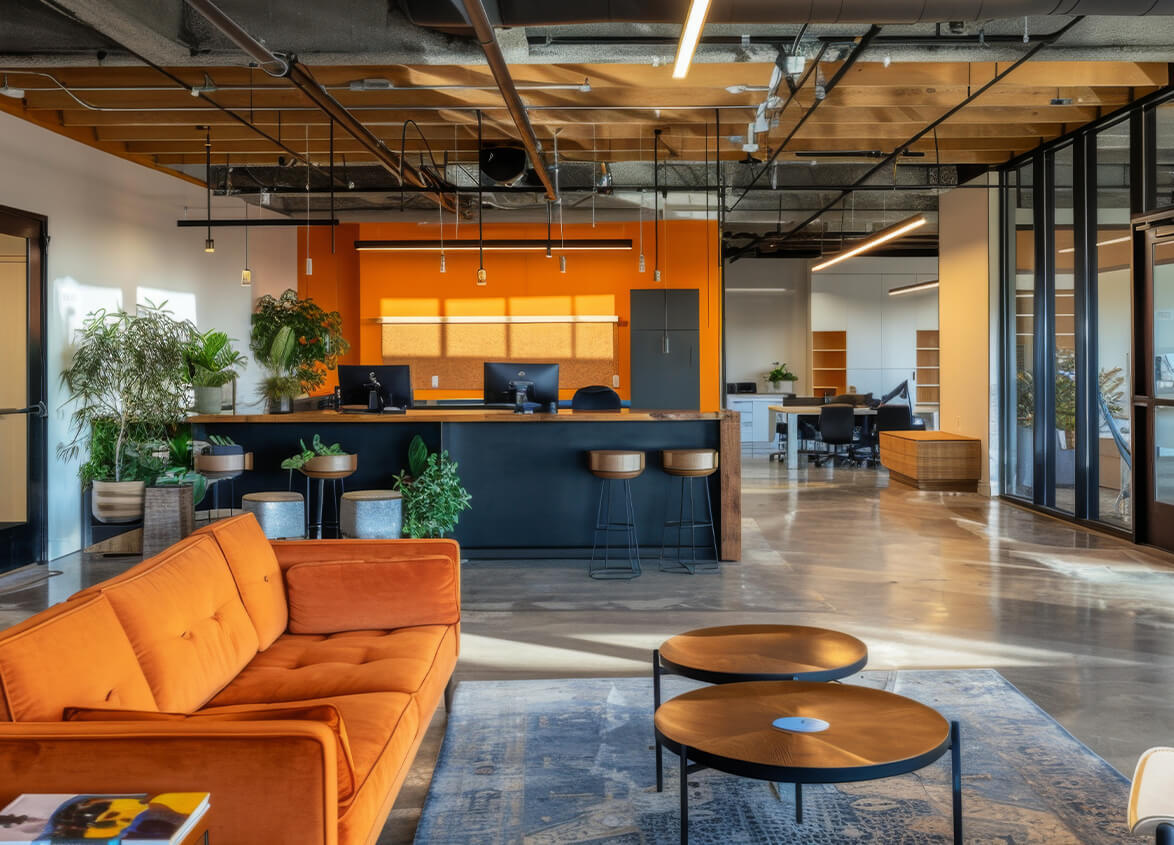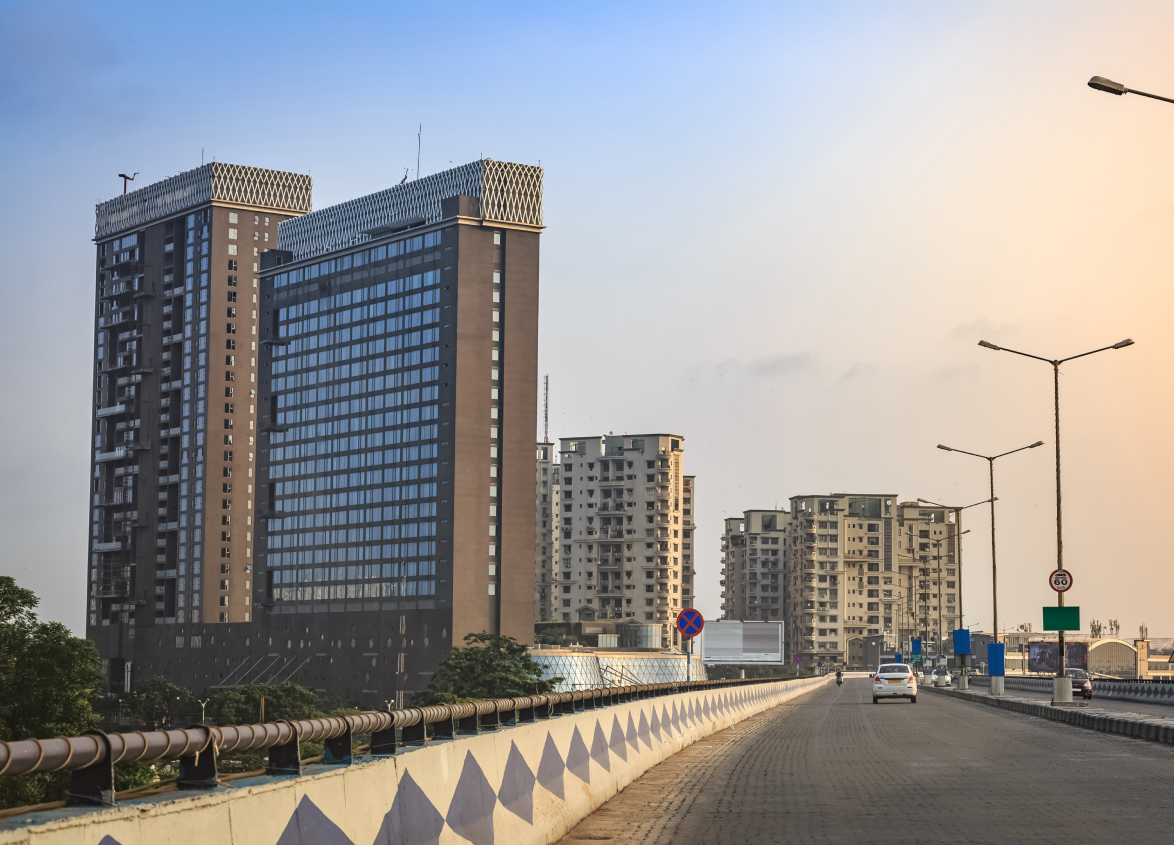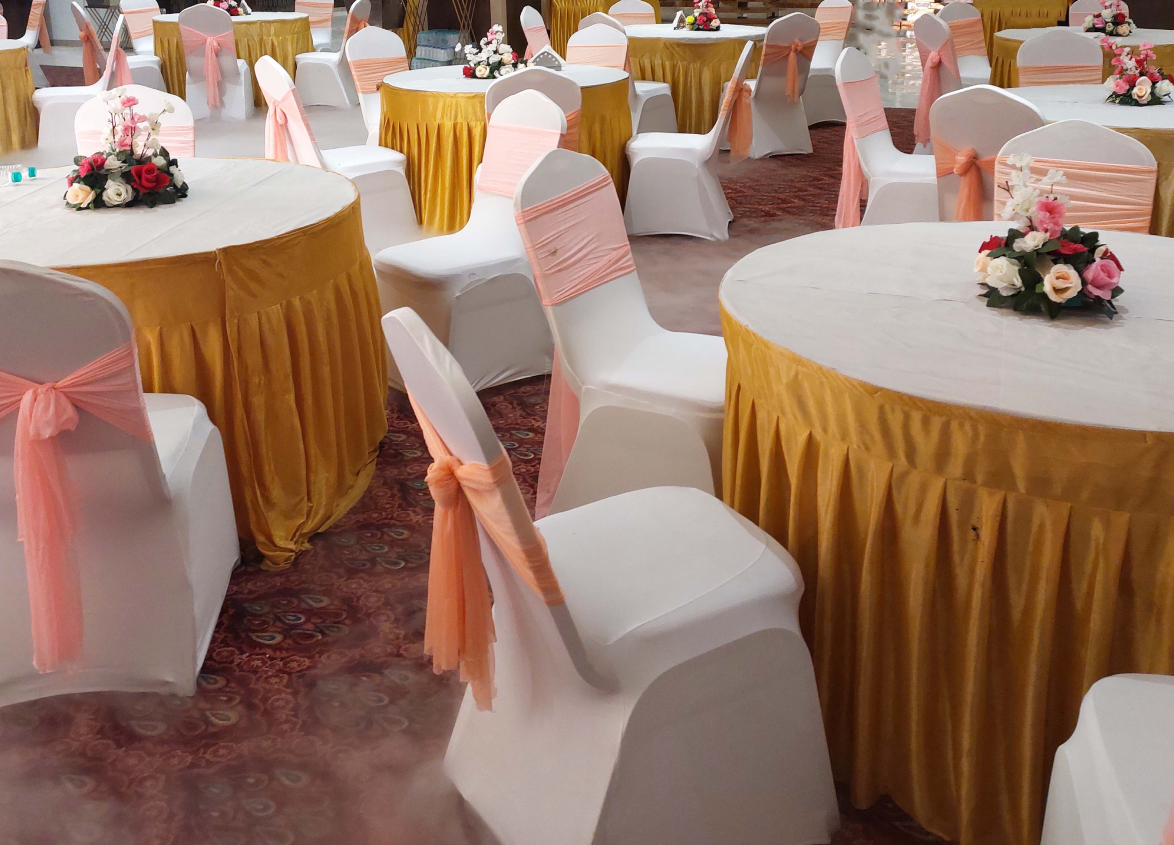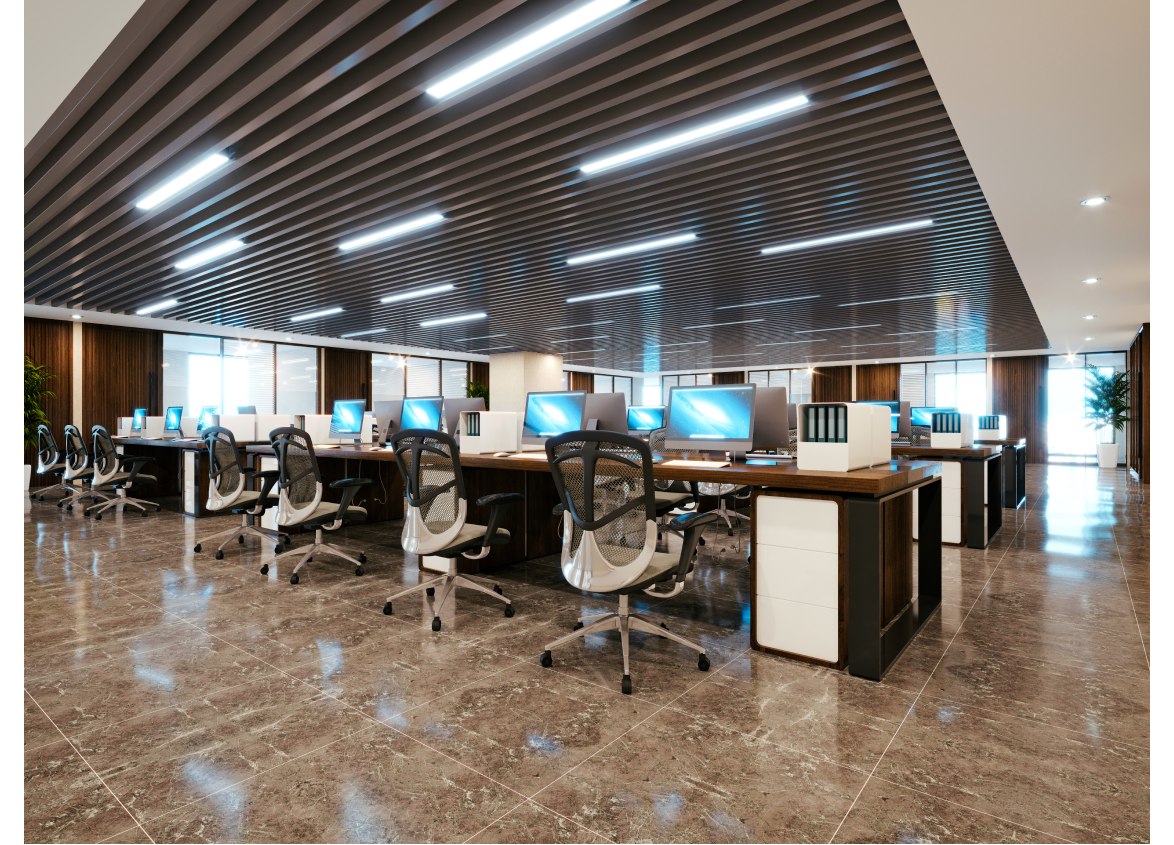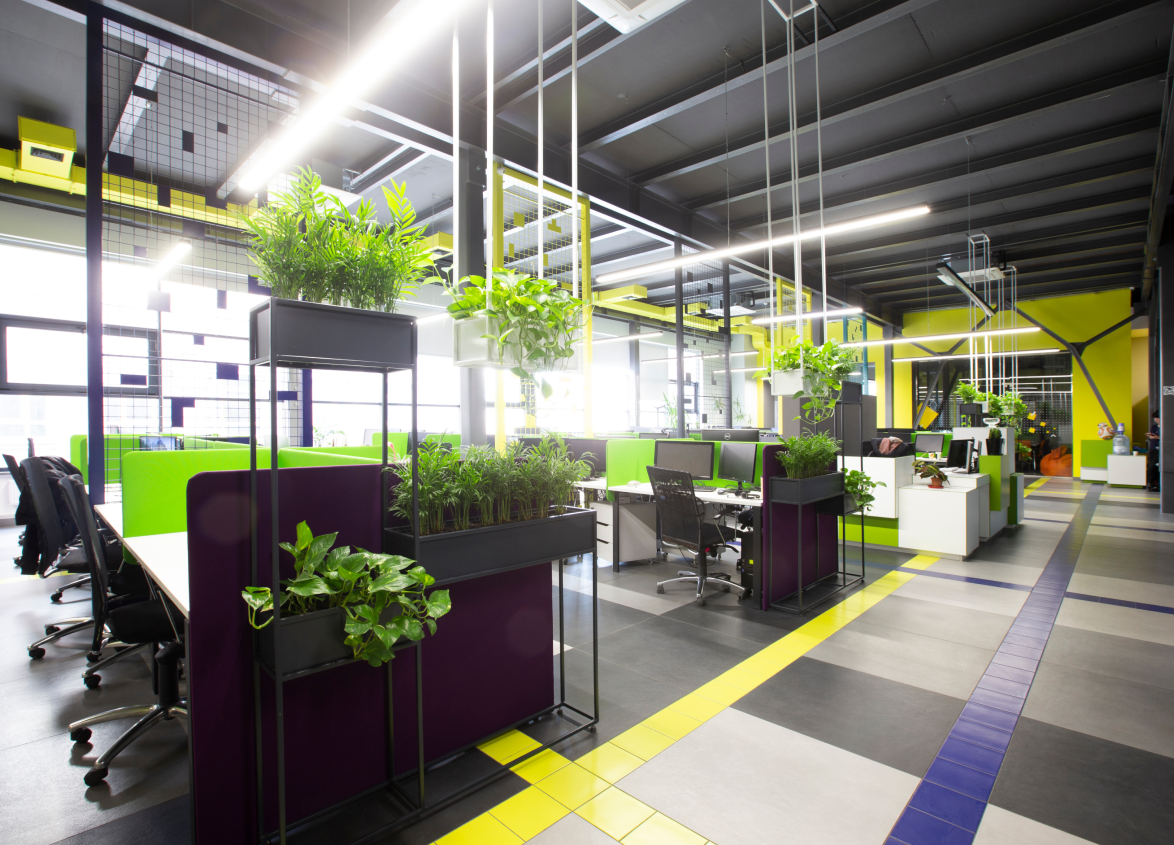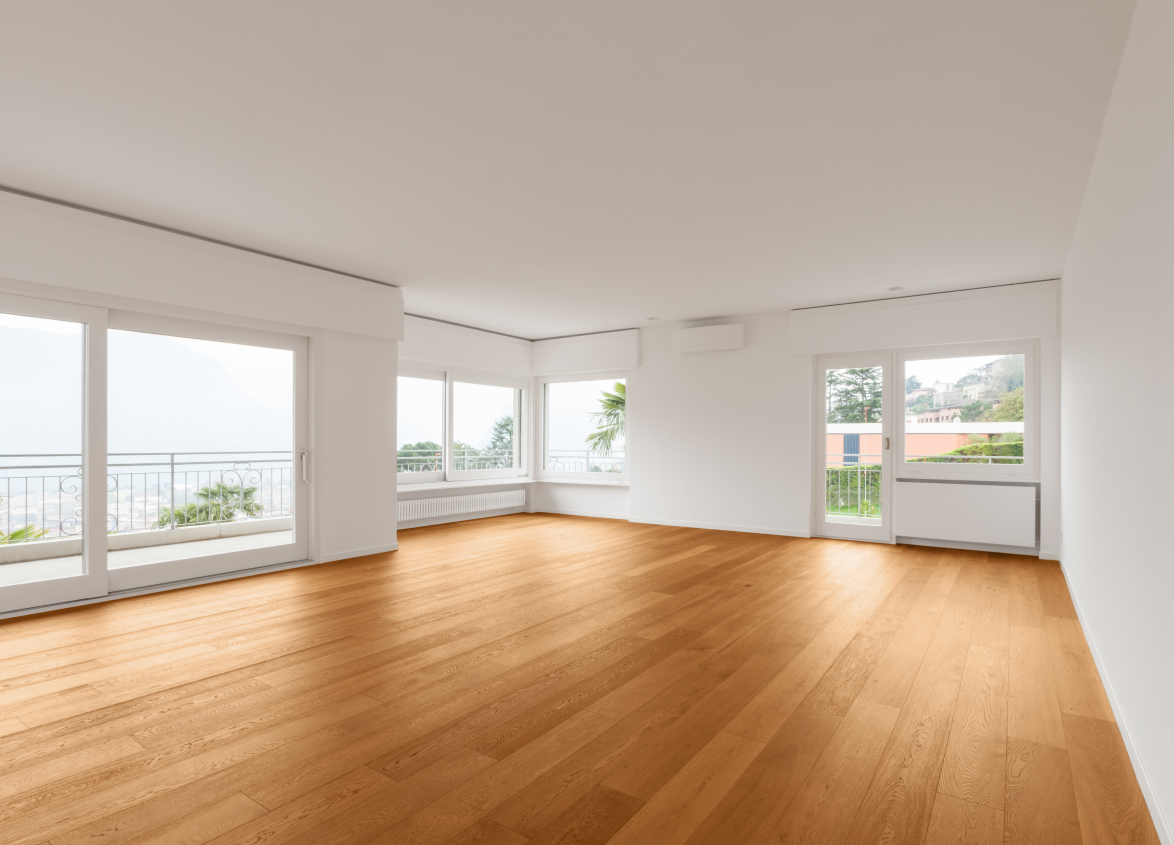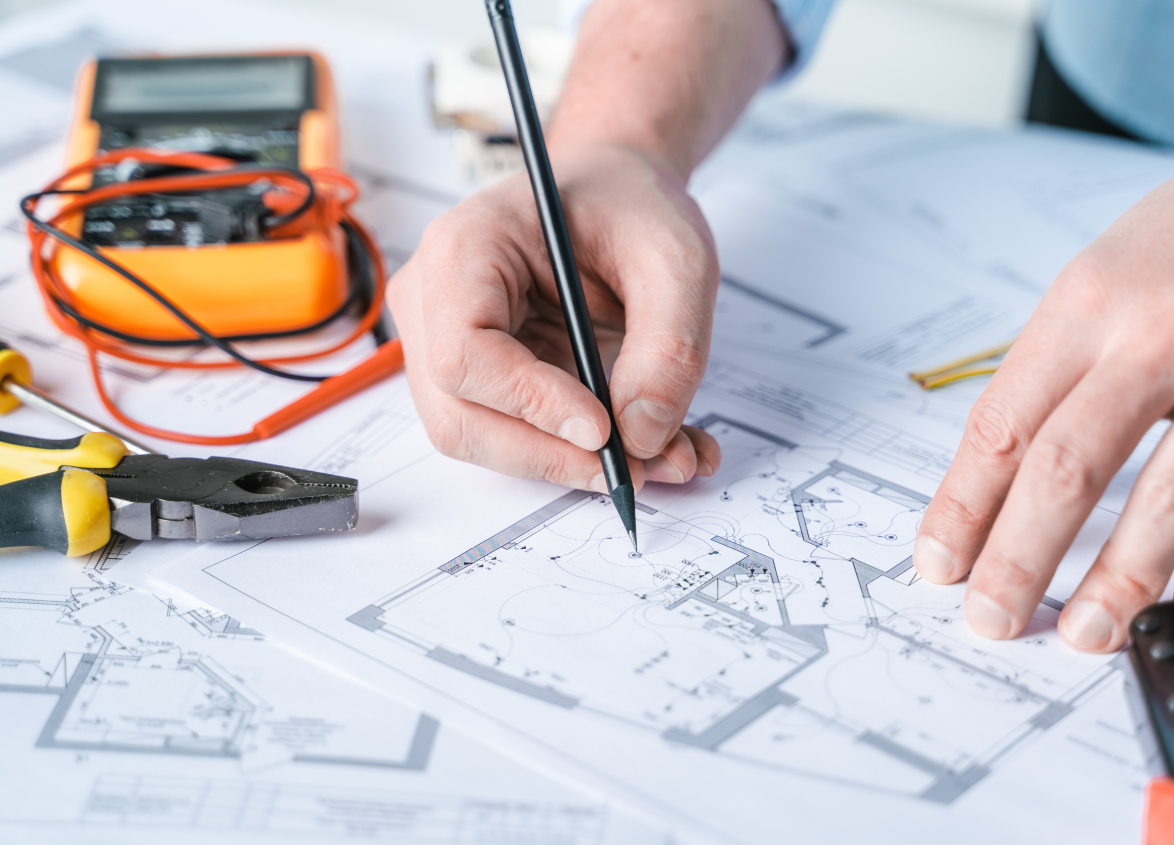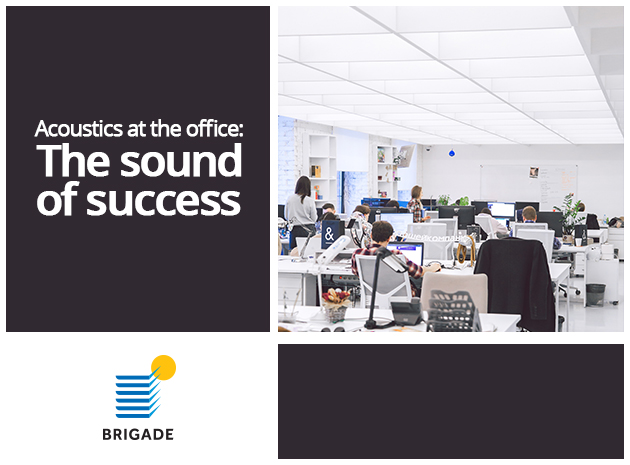
Commercial
Acoustics in Office: The Sound of Success!
March 11, 2020
The corporate world and open offices seem to have a love-hate relationship. And a great part of it happens to centre around office acoustics.
You will find acoustics everywhere in offices – the air conditioning, obnoxious ringtones, traffic, nearby construction —especially—from other people’s voices. And it can be disruptive.
What’s the Science Behind Sound?
In open planned offices, every sound wave created travels throughout the surrounding environment. But when the sound hits a surface such as a ceiling or a wall, a part of is reflected or absorbed. The sound waves that get reflected keep travelling until such time that it reaches another surface.
A reverberation develops when energy from multiple sources combine together and in turn adds to the sound in a room. It takes longer for the sound to disappear if the reverberation in the room continues to rise.
And this gives birth to the unpleasant noise within your office.
What Constitutes Noise in Offices?
The noise that distracts can rear its ugly head in several different configurations. But there is common ground – all of them involves an element of noise.
If the intention is to create a collaborative work environment then the sound of constantly ringing phones, colleagues chit-chatting can trigger disturbances.
The result?
It definitely impacts your ability to work effectively.
You will find similar characteristics in most open plan office spaces. With reasonably high ceilings, hard floors, the sound of distractions are greatly amplified.
A recent research study found that 65% of workers are affected by the levels of noise around them. In fact, they believe that it significantly impacts their performance with approximately confirming it to be a negative effect on their well-being.
These figures can certainly send the alarm bells ringing. But, where do acoustics come into this?
Why Acoustics Matter?
Noise in a work environment is a given because the sound of silence in such surroundings can be pretty inhibitive.
Some would even argue that it can be quite deafening.
At the risk of quoting Simon and Garfunkel, we can all conform to the fact that acoustics in the office is necessary. But can it contribute to fostering creativity and collaboration? That’s the question that needs answering.
Experts believe that it can.
But the reality is when modern office designs are considered aiming to spark creativity and enhance employee well-being, acoustics appears to be an element that is largely overlooked.
It’s Time to Start Thinking Acoustically
Not all noise is bad. What needs flushing out is the unwanted sounds. The best time to tackle serious sound issues is in the design phase.
Take a look at these workspace design tips to improve your office acoustics and control noise.
- Intelligently Design the Office Layout:
Flooring is largely responsible for impacting office acoustics as opposed to any other physical material used in workspace design. Most companies use hard floorings which contribute to a lot of noise pollution.
Carpet is certainly a workable alternative. But your choices are not limited to that. Even with hard floors, you can significantly minimise sound by using wood or tile as the underlayment.
Add a little extra touch by arranging the desks in clusters throughout the office. This greatly helps in compartmentalising conversations in close proximity and limiting noise from travelling.
Finish this exercise by taking a look at old office furniture with wheels. Give those squeaky wheels a round of greasing that can work wonders in eliminating noise when they are on the move.
- Dedicated Meeting Rooms & Quiet Areas:
While open planned offices are all for promoting an atmosphere of collaborative work, what also needs to be considered are dedicated spaces to hold quiet meetings in a private setting.
Room dividers come highly recommended which can be affordably built using plywood and clad. Being an acoustically absorbent material, it can be an effective, lightweight yet create a modular barrier. In fact, if you have to move offices, you can take them with you.
- Separate Spaces for Breaks:
Millennials spend one third of their lives in their work environment. With tasks that are all consuming and stressful, it is obvious that one needs to take breaks during this time.
Employers may be okay with their employees taking frequent breaks and rest periods. But if that is being taken at their work desk, it will have little or no impact on their performance and productivity. Why? Because they are surrounded by unwelcome noise and distraction.
From a design perspective, having a separate zone to chill out and de-stress is absolutely vital to enhancing employee well-being.
- Separate Rooms for Noisy Machinery:
Modern businesses cannot survive without server rooms and machines. The bigger the device, greater is the sound emitted. And in a typical office, this sound will travel straight through the stud walls.
A way of bringing the sound level down in these integral rooms is by installing it with sound masking insulation. A proven acoustic treatment developed with industry in mind, the insulation comes fire rated to the highest standards. This keeps your important and expensive machinery safe and sound proofed too.
- Make Partitions an Office Feature:
Wall partitions are not just a design feature in your office space. They are equally good at absorbing sound. By using sound-absorbing panels, you can stop your bad office acoustics from travelling where they are not welcome.
Install these panels incorporated in your stylist and contemporary wall partitions that have been smartly designed to catch and limit sounds that travel and reflect off of high ceilings and walls.
Other than that, they can also provide an element of simple style and tasteful minimalism to your office design.
- Lining Underneath the Desks:
Good sound absorption is key to crafting a positive soundscape. And a great way to achieve this is by adding acoustic foams underneath the desks. Remember that work desks cover almost 40% of the flat surface space in an office.
The perfect foam comes in ridged or pyramid form that fits in best with this kind of application. It can be easily resized as per the space requirements. So, don’t worry if you have a lot of awkward spaces to cover.
Therefore, the addition of the lining right under their noses will not just act as a great sound absorbent but will not detract from the overall aesthetics of the office space design.
- Relocate the Noisy Neighbours:
Some departments are louder compared to others. Maybe, that’s their job. Plus, for the fluid, modern workspaces, hot desking will also be en vogue.
But what you need to understand is that every department or division will have its own unique working styles.
By looking into arranging departments and teams by focussing on their approach to work and nature of their daily activities can certainly take care of preventing unnecessary disturbances and noise for colleagues and co-workers. Think of how you can move the noisy neighbours to a ‘different part of the town’!
- Build A Rainforest Buffer Zone:
Plants have been known to improve the mood and purify the air in enclosed spaces. But in addition to that, bad office acoustics can be absorbed by the greenery around you. In the process, it also creates an aesthetic environment to work in.
By creatively placing your green buffer zone, these living walls not only add dynamic visual impact to otherwise ordinary spaces but helps block and redirect sound.
Choose plants and trees with wider leaves for maximum sound absorption.
- Press “Mute” On the Outside World:
It’s a noisy world out there. And a research study by economic consultants at Oxford Economics in 2016 reports that what employees really desire is a workplace free from distractions, above anything else.
But noise along is not distracting on its own. What causes this distraction is unwanted noise resulting in an unproductive work environment.
You can find solutions in integrating windows with noise-cancelling glass, inserts that block sound and any other technical solutions that support to keep the noisy outside at bay from your workplace. However, if the noise is coming mostly from the inside, you can shield your ears and crank up the volume on your low-level, ambient sound which can make these conversations go away.
When sounds are unintelligible, it is easier to ignore them.
Start Designing Smarter
Sound can have a profound impact on our lives, no matter where we are. But when employers think of soundproofing, the materials have an intrusive impact on the aesthetics of the space, which can be put off.
After all, the design of your office is by extension a reflection of your brand too.
Eliminating bad acoustics like distracting sound elements from an office environment have been proven to increase in employee focus by 48%. With 10% fewer errors made and 27% drop in workforce stress levels, the benefits far outweigh the negatives.
But the important point that needs reiteration is that controlling noise in offices does not necessarily mean compromising on design. With the right balance, you can create an atmosphere with good acoustics that rings the sound of success.
MUST READ
Looking for something specific?
We'd be delighted to help you.
